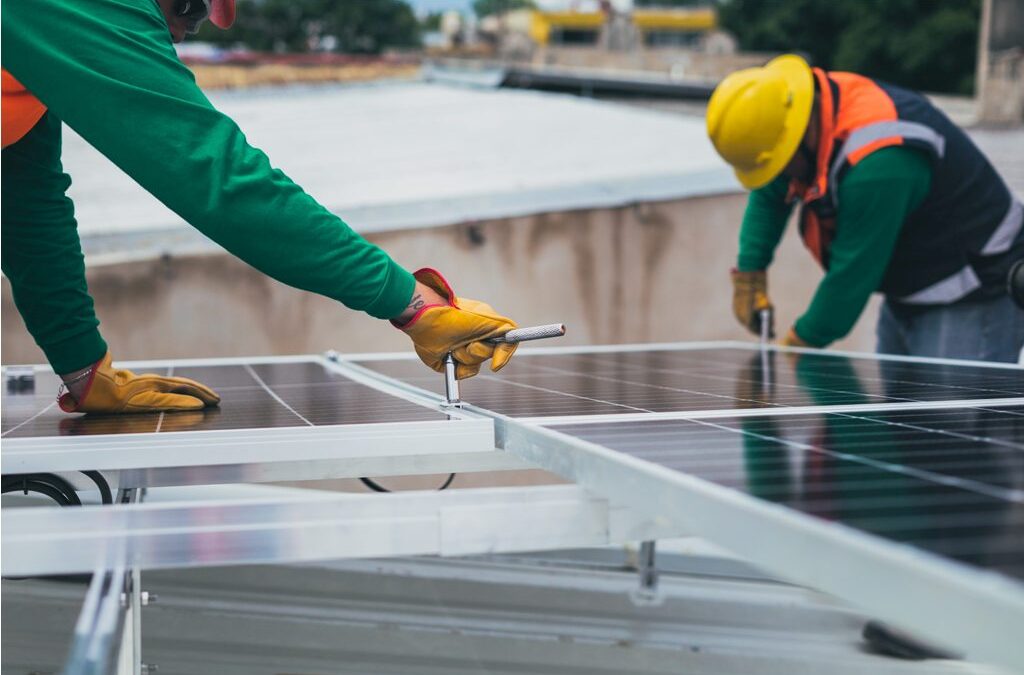Inverters are a key element in any solar power project. And, just as solar panels must be installed in the right location for optimum efficiency, solar inverters need to be installed in the right place as well. When designing your system, your solar power expert should assist you with choosing the right place for your inverter. However, here are three considerations you should keep in mind when choosing that final installation spot.
Cool and Shady
You want your solar panels to be in direct sunlight—but your solar inverter is a different story. Inverters include a lot of delicate electrical components that can overheat and lose efficiency, as well as reducing their overall lifespan. For this reason, you want your inverter to be installed in a cool, shady place.
This doesn’t mean that you have to install the inverter indoors. Inverters can actually work just as efficiently and for just as long when installed outdoors, so long as you’re keeping them out of direct sunlight. An outer wall of your house that’s under the roof’s eaves or on the side of the house that doesn’t get much direct sunlight would work well in most cases. Again, you can consult with your solar contractor to get professional input on this.
Close to Wiring
You’re going to need to run some wiring to accompany your new energy source. However, the less wiring you have to run, the less expensive it’s going to be. If you have multiple options for your inverter’s location that would work well, you might want to consider the one that is in an optimal location for shorter wiring. The closer all of your solar power components are to one another, the less wiring will be required.
Easy to Access
Your inverter is at the core of your entire system, so you want to be able to access it to check for efficiency reports and possible error messages (though you can also get these on your phone through an app). At the very least, you’ll need the inverter easily accessible in case you have to shut the system off in an emergency.
Proper Ventilation
Finally, make sure the area allows for proper airflow and ventilation around the inverter. As already mentioned, heat can reduce an inverter’s efficiency. A location with good ventilation will allow the inverter’s built-in fans to better circulate the air and cool off the equipment’s electrical components for greater efficiency and a longer lifespan.
If you keep these items in mind, you and your solar power professional can find an ideal installation location for your Fronius Primo solar inverter.


